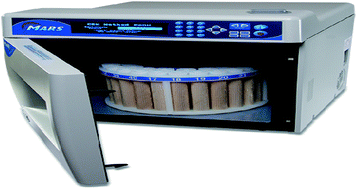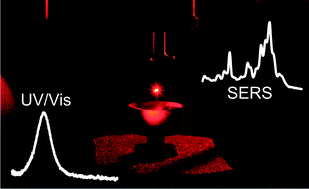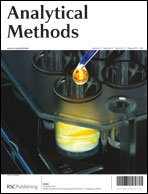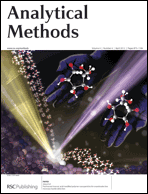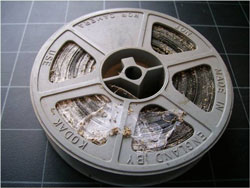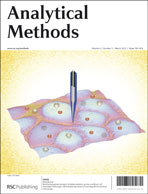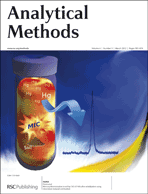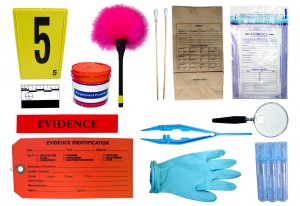 By definition, forensic science is the use of science to answer questions that are of interest to a legal system. Today the average person is far more familiar with forensics thanks to popular televisions series, books and films where the pivotal clue is usually discovered by the scientist. Forensic science has also been in the headlines a lot lately in the UK with the recent closure of the Forensic Science Service.
By definition, forensic science is the use of science to answer questions that are of interest to a legal system. Today the average person is far more familiar with forensics thanks to popular televisions series, books and films where the pivotal clue is usually discovered by the scientist. Forensic science has also been in the headlines a lot lately in the UK with the recent closure of the Forensic Science Service.
Specialties in forensics can include the analysis of blood, DNA, drugs, arson residues, documents, fibres, hair and explosives, just to name a few.
Analytical Methods presents an excellent forum for such work, and below is a sample of the high-quality work we have published in this area. These articles are free to access until the 30th May 2012 so make the most of this and take a look!
Development and validation of an analytical method for hydrocarbon residues using gas chromatography-mass spectrometry
Aree Choodum and Niamh Nic Daeid
Anal. Methods, 2011, 3, 1136-1142, DOI: 10.1039/C0AY00702A
A method based on time domain nuclear magnetic resonance for the forensic differentiation of latex gloves
Michele Mauri, Lucio Mauri, Valerio Causin and Roberto Simonutti
Anal. Methods, 2011, 3, 1802-1809, DOI: 10.1039/C1AY05131H
Crime scene investigation III: Exploring the effects of drugs of abuse and neurotransmitters on Bloodstain Pattern Analysis
Bethany A. J. Larkin, Meerna El-Sayed, Dale A. C. Brownson and Craig E. Banks
Anal. Methods, 2012, 4, 721-729, DOI: 10.1039/C2AY05762J
Comparison of extraction methods for the removal of volatile organic compounds (VOCs) present in sorbents used for human scent evidence collection
Paola A. Prada, Allison M. Curran and Kenneth G. Furton
Anal. Methods, 2010, 2, 470-478, DOI: 10.1039/B9AY00239A
Separation and identification of anions using porous graphitic carbon and electrospray ionization mass spectrometry: Application to inorganic explosives and their post blast residues
Josh Cummins, Jason Hull, Kelley Kitts and John V. Goodpaster
Anal. Methods, 2011, 3, 1682-1687, DOI: 10.1039/C1AY05143A
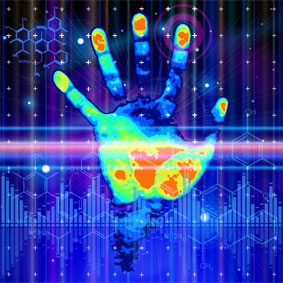 Determination of some banned aromatic amines in waste water using micellar liquid chromatography
Determination of some banned aromatic amines in waste water using micellar liquid chromatography
Sandeep-Kumar Mourya, Devasish Bose, Abhilasha Durgbanshi, Josep Esteve-Romero and Samuel Carda-Broch
Anal. Methods, 2011, 3, 2032-2040, DOI: 10.1039/C0AY00602E
Identification of fluid and substrate chemistry based on automatic pattern recognition of stains
Namwon Kim, Zhenguo Li, Cedric Hurth, Frederic Zenhausern, Shih-Fu Chang and Daniel Attinger
Anal. Methods, 2012, 4, 50-57, DOI: 10.1039/C1AY05338H
Optimization of micellar LC conditions for separation of opium alkaloids and their determination in pharmaceutical preparations
Artem U. Kulikov, Alexander P. Boichenko and Aleksey G. Verushkin
Anal. Methods, 2011, 3, 2749-2757, DOI: 10.1039/C1AY05389B
Multivariate analyses of UV-Vis absorption spectral data from cachaça wood extracts: a model to classify aged Brazilian cachaças according to the wood species used
Alexandre Ataide da Silva, Denis De Keukeleire, Daniel Rodrigues Cardoso and Douglas Wagner Franco
Anal. Methods, 2012, 4, 642-646, DOI: 10.1039/C2AY05670D
Laser induced breakdown spectroscopy for rapid identification of different types of paper for forensic application
Arnab Sarkar, Suresh K. Aggarwal and D. Alamelu
Anal. Methods, 2010, 2, 32-36, DOI: 10.1039/B9AY00145J
Polymers on the crime scene: How can analytical chemistry help to exploit the information from these mute witnesses?
Valerio Causin
Anal. Methods, 2010, 2, 792-804, DOI: 10.1039/C0AY00115E
Crime scene investigation: The effect of drug contaminated bloodstains on bloodstain pattern analysis
Dale A. C. Brownson and Craig E. Banks
Anal. Methods, 2010, 2, 1885-1889, DOI: 10.1039/C0AY00537A











